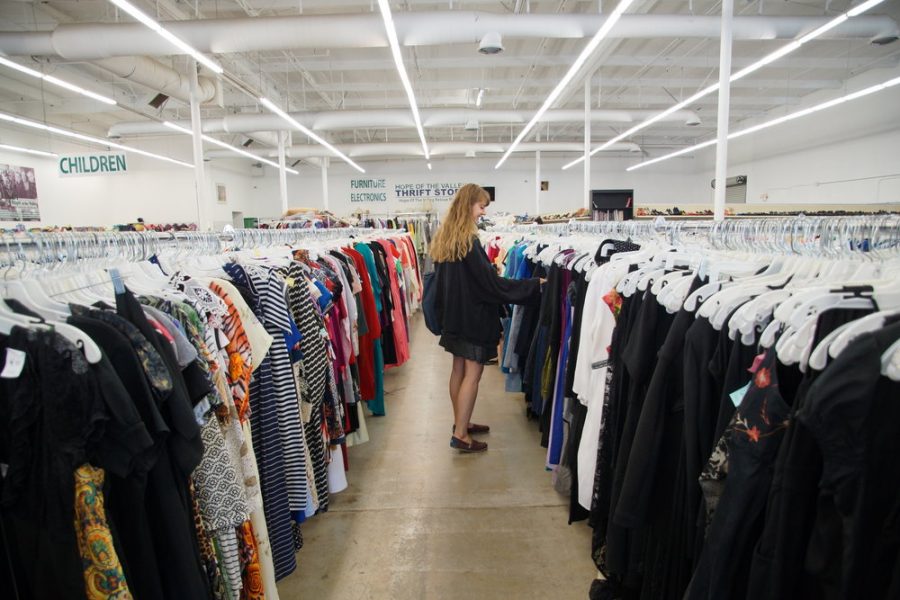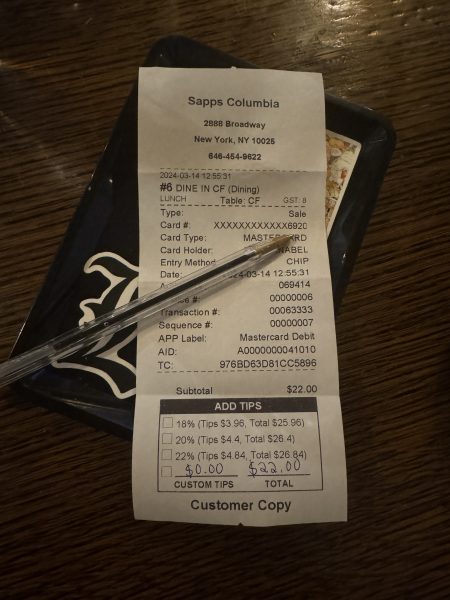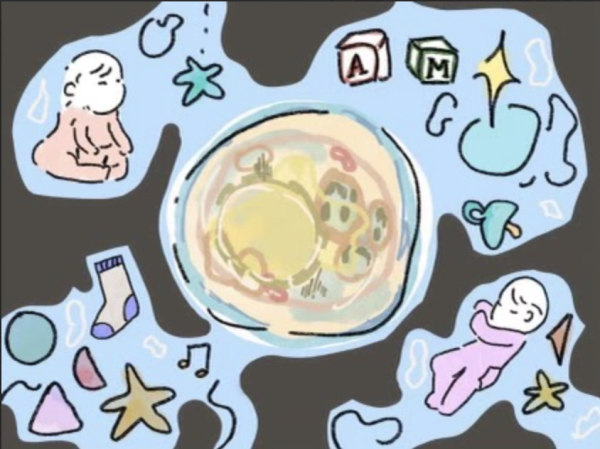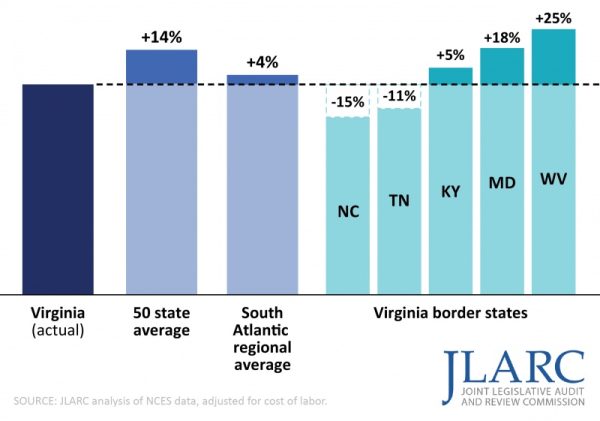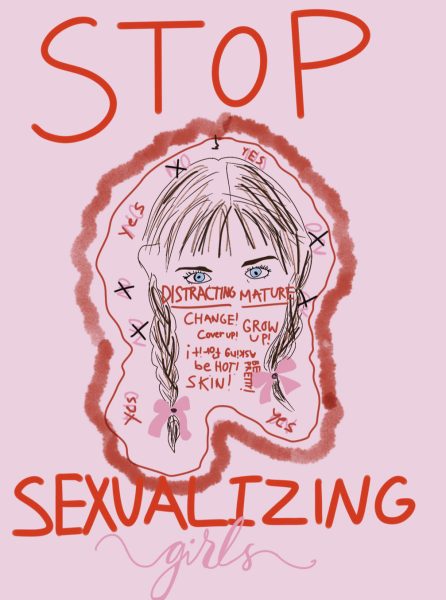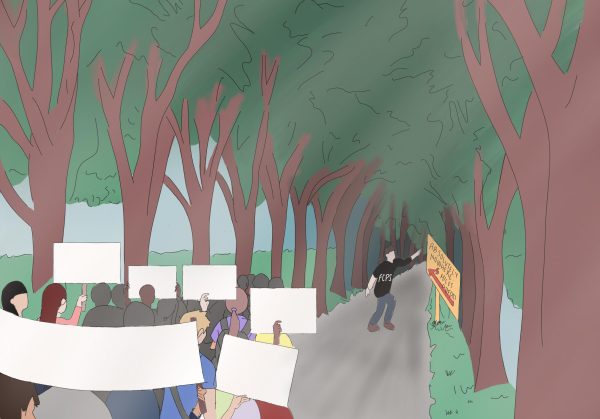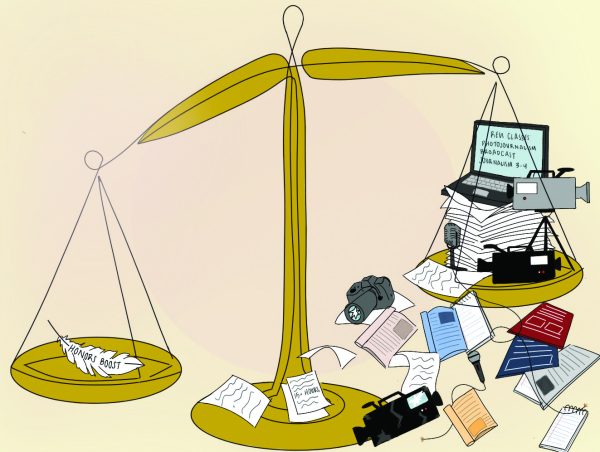Why you should go thrift shopping
Secondhand stores provide a sustainable alternative to fast fashion
Imagine you’re in a thrift store. What is your first impression of the racks of pre-owned clothing? What is your attitude towards shopping secondhand?
Stereotypes surrounding thrifting can affect how you interpret and answer these questions. These stereotypes can lead you to believe that thrift stores are only for those in need, and that owning pre-loved goods is something to be ashamed of.
However, this is not the case, as rising concerns over the ethics behind fast fashion are causing more shoppers to get explore the idea of buying secondhand.
One important concern about the world of high-production garment making involves the unethical treatment of factory workers. Unlike small owned businesses, fast fashion brands are responsible for producing a large amount of merchandise in a short time span. As trends come and go, so do garments.
In order to meet this demand, companies cut costs every way they can. American-owned overseas sweatshops boast inhumane working conditions, low wages, and challenging labor. Some factories employ children. Not only is fast fashion unethical, but it’s also destroying our planet.
The fashion industry is the second leading cause of pollution in the world. Fast fashion brands keep prices low by manufacturing garments in countries where regulation is scarce and labor is cheap. This unsustainability is a recipe for disaster.
According to Sustain Your Style, 90% of wastewater in developing countries is released into local waterways without treatment. This wastewater includes the chemicals, dye, and microfibers used to produce clothing.
Additionally, 20% of industrial water pollution comes directly from textile production, an industry that uses 1.5 trillion liters of water annually.
Fast fashion’s blatant disregard for its employees and environmental sustainability is enough to cause any person to search for an alternative. One solution is to shop secondhand. It’s simple: the best way to reduce your carbon footprint is to buy clothing that already exists.
Thrift shopping is also a great way to diversify your wardrobe with clothing pieces that are unique to you. What’s not to love?
There are many excellent local thrift stores in the area. I recommend checking out Unique and Goodwill.
Your donation supports the McLean High School's independent, award-winning news publication.



